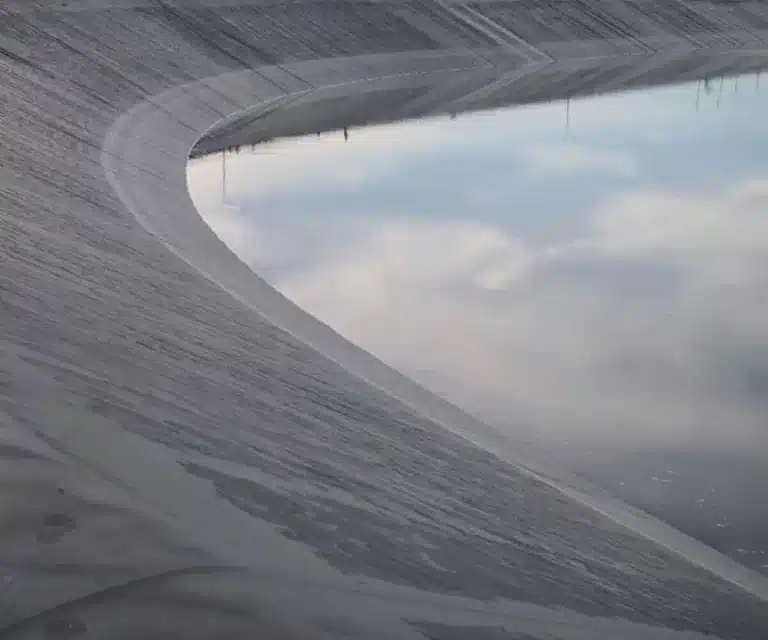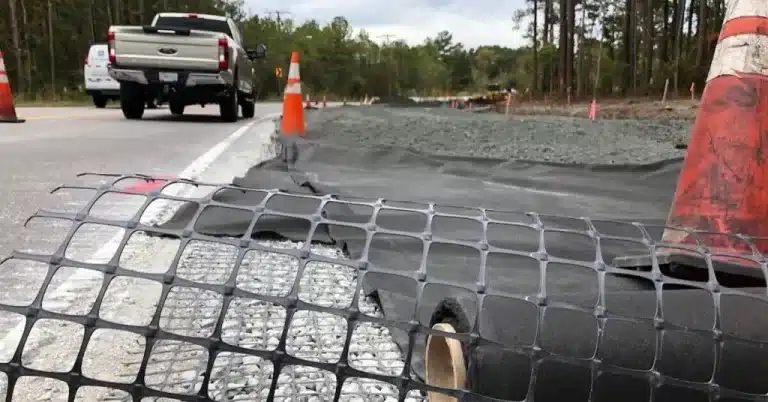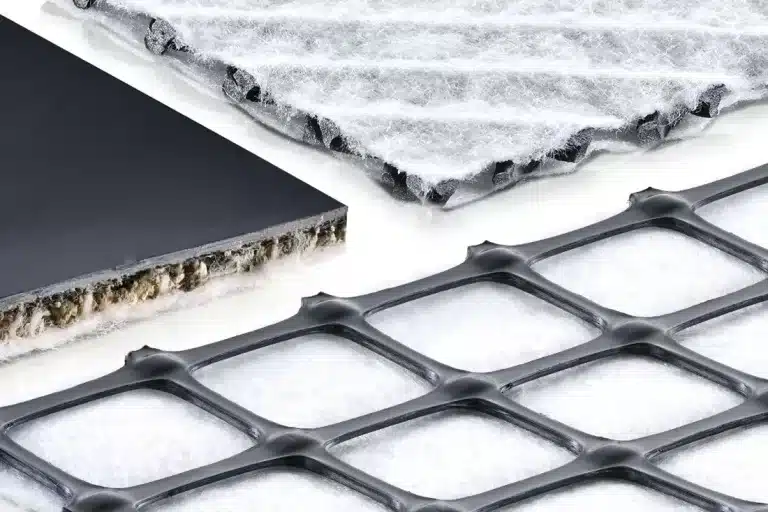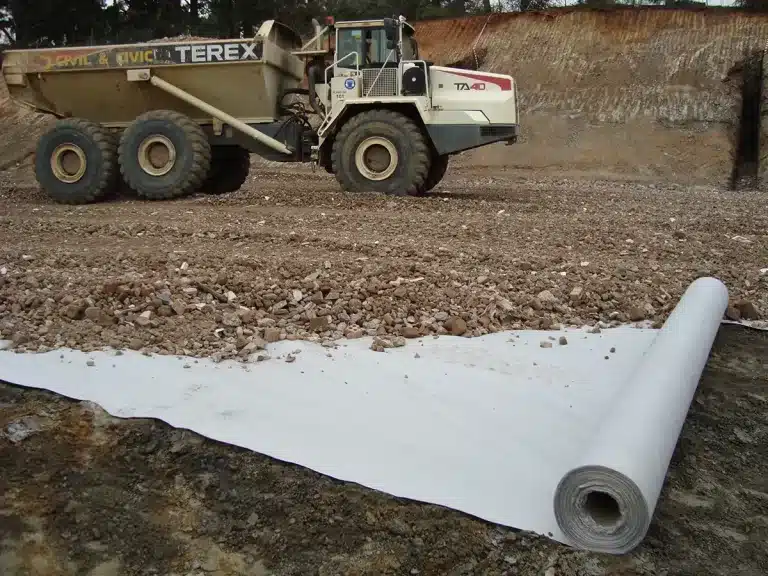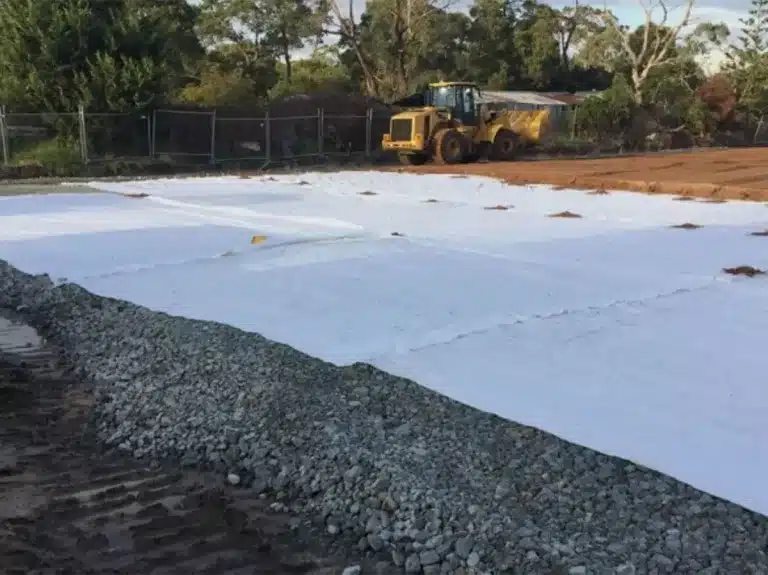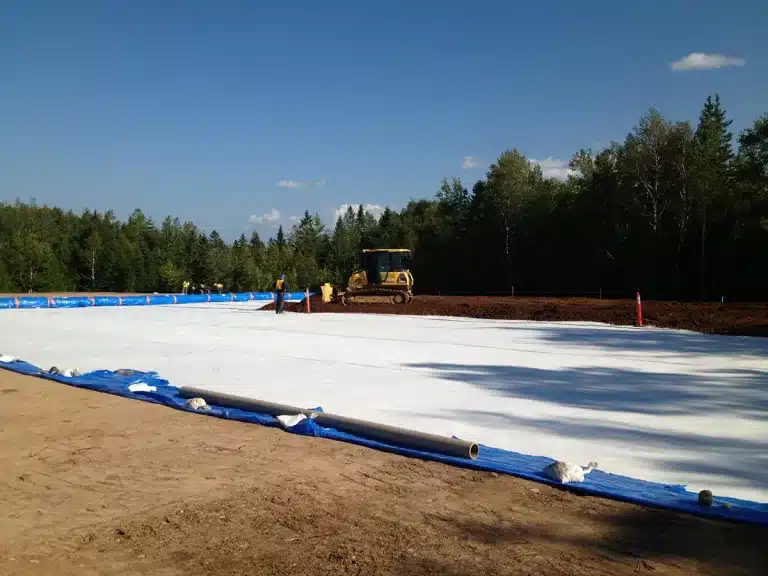HDPE Geomembrane 101: Composition, Functions, and Applications
HDPE geomembranes are vital materials in various engineering applications, prized for their durability, flexibility, and impermeability. This article explores the fundamentals of HDPE geomembranes, including their composition, functions, and widespread use in contemporary construction and environmental projects.

